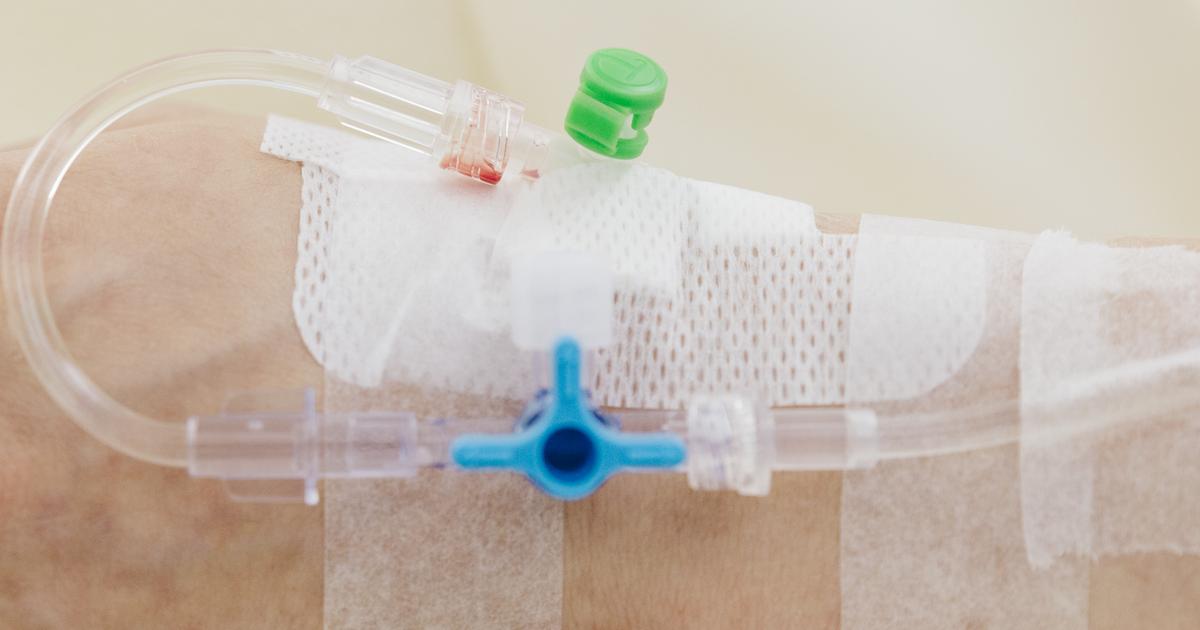Guide To Managing A Spinal Cord Injury
Spinal cord injuries are injuries that cause damage to the spinal cord, leading to a partial or total loss of function. Some individuals lose mobility or feeling in parts of their body. The most common causes of spinal cord injuries are disease and trauma. Gunshots, car accidents, and falls are all traumatic injuries that can cause spinal damage. Several diseases can cause injury to the spinal cord including spina bifida, polio, and Friedreich's ataxia. Even if the spinal cord isn't completely severed, there can still be a loss of function. Most patients with spinal cord injuries actually have an intact spinal cord, but they still experience function loss.
A spinal cord injury is always a medical emergency and requires immediate treatment. Learn more about this now.
Emergency Medical Care

If an individual has been involved in a traumatic accident, they should get emergency medical care immediately. Even if they aren't sure whether they have sustained a spinal cord injury, it's better to play it safe. Emergency personnel always assume an individual has a spinal cord injury when the situation is uncertain. Immediately after the accident, individuals should stay still or make sure the one with the injury stays still.
Call for emergency medical care. When emergency personnel arrive on the scene, they will secure the injured individual using a rigid collar and bodyboard so the spine is immobilized. They should be transported to a hospital for treatment immediately. The amount of time that elapses between injury and treatment often has a huge effect on the outcome. Medications to reduce inflammation and swelling can only be administered in the eight-hour window immediately following the injury. If inflammation is not controlled, it can cause further damage to the spinal cord, making the loss of function worse. Once a patient arrives at the emergency room, medical staff will do diagnostic tests to determine the location and severity of the injury.
Read more about how to manage a spinal cord injury now.
Medication

Most patients with a spinal cord injury are treated in the intensive care unit. Depending on the resources of the hospital and the injury's severity, patients might be transferred to a spine injury center. Once the patient is stabilized, one of the first lines of treatment is medication. In the past, intravenous methylprednisolone was used in the first eight hours following a spinal cord injury to help reduce inflammation. However, there have been recent studies indicating the medication can cause pneumonia and blood clots, which has led to the medication being used less as a standard treatment following a spinal cord injury. Some practitioners may decide the benefits outweigh the risks if there's significant observable swelling and inflammation. During the recovery process, certain secondary conditions might develop. Chronic pain can be managed with painkillers. Patients commonly experience depression, which can be treated with antidepressants.
Keep reading to learn more about how to treat a spinal cord injury now.
